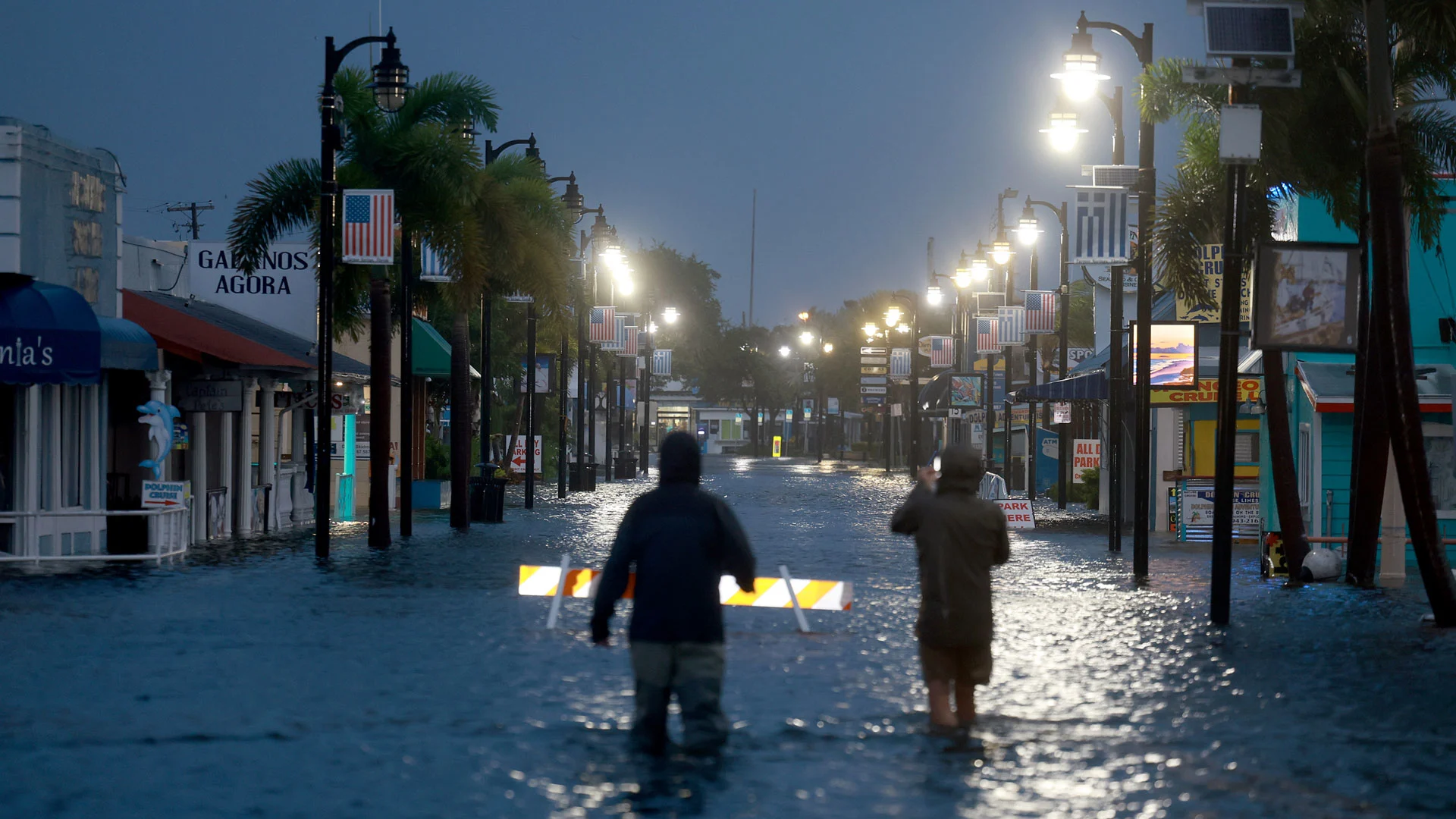Business
How does commercial insurance policy define hurricane risk?

In regions prone to hurricanes, businesses face significant risks, ranging from property damage to operational disruptions. To mitigate these risks, many turn to commercial insurance policies. But how does commercial insurance policy define hurricane risk?
This article explores the definitions, coverage options, exclusions, and considerations businesses need to understand when dealing with hurricane-related insurance policies.
Defining hurricane risk in commercial insurance policies
Hurricane risk refers to the potential for damage and financial loss caused by hurricanes, including high winds, heavy rainfall, and storm surges. Commercial insurance policies define hurricane risk in terms of:
- Peril identification: Hurricanes are identified as a named peril, specifying the damages caused by wind, rain, flooding, and other storm-related events.
- Coverage triggers: The policy may activate based on certain criteria, such as a hurricane being declared by a meteorological agency or meeting specific wind-speed thresholds.
This clear definition helps insurers and policyholders understand the scope of coverage and potential exclusions.
Types of coverage for hurricane risk
Commercial insurance policies offer several types of coverage to address hurricane risk, each designed to protect different aspects of a business.
1. Property insurance
Property insurance covers physical damage to buildings, equipment, and inventory caused by hurricane-related events. This includes damage from high winds and debris. However, flooding is often excluded and requires separate coverage.
2. Business interruption insurance
Business interruption insurance compensates for lost income and operating expenses during periods of downtime caused by hurricanes. This coverage can include costs for temporary relocation, payroll, and loan payments.
3. Flood insurance
Flooding is a common consequence of hurricanes but is typically excluded from standard commercial property insurance. Businesses need a separate flood insurance policy to cover damages caused by storm surges and rising water levels.
4. Equipment breakdown insurance
This coverage applies to the repair or replacement of machinery and equipment damaged during a hurricane, ensuring businesses can resume operations quickly.
How does commercial insurance policy define hurricane risk? Factors influencing
Insurance companies use various factors to assess hurricane risk and determine premiums. These include:
Geographic location
Businesses located in coastal areas or regions with a history of hurricanes are considered higher risk and may face higher premiums or stricter coverage terms.
Building construction and materials
The structural integrity of a building, including its materials and adherence to local building codes, plays a significant role in determining hurricane risk.
Historical data and forecasting
Insurers rely on historical hurricane data and predictive models to assess the likelihood of future events, influencing policy terms and pricing.
Mitigation measures
Businesses that implement hurricane mitigation measures, such as storm shutters, reinforced roofing, or emergency plans, may qualify for discounts or favorable policy terms.
Common exclusions in hurricane risk coverage
While commercial insurance policies provide essential protection, they often include exclusions that businesses must understand to avoid surprises.
Flood damage
As mentioned earlier, flooding is generally excluded and requires separate coverage under a flood insurance policy.
Wind-driven rain
Some policies exclude damage caused by wind-driven rain unless the building’s structure is compromised, such as through a broken window or damaged roof.
Deductibles
Hurricane-related claims often have specific deductibles, known as hurricane deductibles, calculated as a percentage of the insured value rather than a fixed amount. These can significantly impact the amount a business must pay out of pocket.
Time-limited coverage
Business interruption insurance may have time limits for coverage, meaning compensation stops after a set period even if operations have not fully resumed.
Steps to ensure adequate coverage for hurricane risk
To ensure comprehensive protection against hurricane risk, businesses should take the following steps:
Review existing policies
Carefully review current policies to understand what is covered, excluded, and subject to limitations. Pay particular attention to deductibles and coverage limits.
Purchase additional coverage
If flood damage is a concern, consider purchasing a separate flood insurance policy. Similarly, evaluate the need for additional coverage like equipment breakdown or debris removal.
Implement mitigation measures
Take proactive steps to minimize hurricane risk, such as reinforcing buildings, securing inventory, and developing a hurricane response plan. Many insurers offer discounts for businesses that invest in risk mitigation.
Consult an insurance professional
Work with an insurance agent or broker experienced in hurricane risk to tailor a policy that meets your business’s unique needs. They can help identify gaps in coverage and recommend appropriate solutions.
Importance of understanding hurricane risk definitions
Understanding how commercial insurance policy defines hurricane risk is critical for businesses to ensure they have the right coverage in place. Clear definitions and well-structured policies help businesses:
- Anticipate risks: Knowing what is covered allows businesses to plan for potential losses.
- Avoid coverage gaps: Understanding exclusions ensures that businesses purchase additional coverage if needed.
- Enhance resilience: Comprehensive coverage, combined with mitigation efforts, strengthens a business’s ability to recover from hurricane impacts.
Real-life examples of hurricane risk coverage
Real-life cases highlight the importance of understanding hurricane risk coverage. From rebuilding after disasters to navigating exclusions, these examples offer valuable insights.
Case 1: Effective coverage saves a business
A coastal restaurant with comprehensive commercial property and flood insurance was able to rebuild and reopen within months after Hurricane Ida caused significant damage. The policy’s business interruption coverage also compensated for lost income during the closure.
Case 2: Gaps in coverage lead to financial loss
A small retail store experienced flooding after Hurricane Harvey but lacked flood insurance. Despite having property insurance, the business faced substantial out-of-pocket costs to repair damages, highlighting the importance of addressing exclusions.
To summarize
Understanding how commercial insurance policy defines hurricane risk is essential for businesses in hurricane-prone regions. By familiarizing themselves with coverage options, exclusions, and risk factors, businesses can ensure they are adequately protected against potential losses.
Partnering with experienced insurance professionals and investing in mitigation measures further strengthens a business’s resilience, allowing it to weather any storm with confidence. Also, here are some similar articles that you might find useful:
